Categories
- Uncategorized
- Brands
- Aspark
- Abarth
- AC
- ACMAT
- Acura
- Adler
- AEC
- Aero
- Aero Flite
- Aerocar
- AGF Serval
- Airstream
- Aiways
- Alamagny
- ALCA
- Aleko
- Alfa Romeo
- Allard
- Alpina
- Alpine
- Alvis
- AMC
- AMG
- Amilcar
- Amphicar
- Anadol
- Armstrong Siddeley
- Arnolt
- ARO
- Artz
- Aston Martin
- Auburn
- Audi
- Aurus
- Austin
- Austin-Healey
- Auto-Union
- Autobianchi
- Avia
- AWZ
- Babich
- Barkas
- Barnard
- BB
- Bedford
- Bentley
- Berkeley
- Berliet
- Bertone
- Beutler
- Bianco
- Bitter
- Bizzarrini
- BMW
- Borgward
- Bosley
- Brabus
- Brasier
- Brasinca
- Bristol
- Brütsch
- Buckle
- Bugatti
- Bugre
- Buick
- Burney
- Büssing
- Cadillac
- Caterham
- CG
- Chausson
- Checker
- Chenard & Walcker
- Chevrolet
- Chevrolet Corvette
- Chrysler
- Cisitalia
- Citeria
- Citroën in 1:18 scale
- Citroën in 1:43 scale
- Commer
- Cord
- Costin Nathan
- Covington
- Cuningham
- Dacia
- DAF
- Daihatsu
- Daimler
- Dangel
- Datsun
- DB
- De Lorean
- De Tomaso
- Delage
- Delahaye
- Denzel
- DeSoto
- Devon
- Diamond Reo
- Diamond T
- Dixi
- DKW
- Dodge
- Dome
- Donkervoort
- DS
- Dual-Ghia
- Dubonnet
- Duesenberg
- Edsel
- EMW
- Enzmann
- Excalibur
- Facel Vega
- Ferrari-en
- Fiat
- Fleetwood Enterprises
- Ford
- Freightliner
- Friedrich Rometsch
- FSO
- Fuji
- Fuso
- GAC Motor
- Gatso
- GAZ
- Ghia
- Gillet
- Ginetta
- Glas
- Glasspar
- GM
- GMC
- Goggomobil
- Goliath
- Gomolzig
- Gordon
- Gordon-Keeble
- Graham-Paige
- Gumpert
- Gutbrod
- Hanomag
- Hansa
- Hénon
- Henry J
- Henschel
- Hewson
- Hillman
- Hispano-Suiza
- Holden
- Hommell
- Honda
- Hong Qi
- Horch
- Hotchkiss
- Hudson
- Humber
- Hummer
- Hunt
- Hymer
- Hyundai
- IFA
- Ikarus
- Imperial
- IMZ
- Infiniti
- Innocenti
- Intermeccanica
- International
- Invicta
- Irisbus
- Irmscher
- Isdera
- Iso
- Isotta Fraschini
- Isuzu
- Iveco
- Jaguar
- Jamos
- Jeep
- Jensen
- Jowett
- Kahlbacher
- Kaiser
- Kalmar
- Kamaz
- Kamm
- Kenworth
- KIA
- KIM
- Koenigsegg
- Kohlruss
- KrAZ
- Krupp
- KTM
- Kurtis
- Lada
- Lagonda
- Lamborghini
- Lancia
- Land Rover
- Lanz
- LaSalle
- Laurin & Klement
- Lea-Francis
- Leichtbau
- Leningrad
- Lexus
- Leyat
- Lightburn
- Ligier
- Lincoln
- Lloyd
- LMX Sirex
- Lotus
- LTI
- LuAZ
- Lynx
- Lysell
- Mack
- Magirus
- Maico
- MAN
- Manic
- Manta Ray
- Marathon
- Marussia
- Maserati
- Mathis
- Matra
- Matra-Simca
- Maybach
- Mazda
- McLaren
- McQuay-Norris
- Melkus
- Mercedes in 1:18 scale
- Mercedes in 1:43 scale
- Mercer
- Mercury
- Messerschmitt
- MG
- Mikrus
- Mini
- Mismaque
- Mitsubishi
- Mitsuoka
- Mohs Motor Car
- MOL
- Monica
- Monteverdi
- Moretti
- Morgan
- Morris
- Moskvich
- Multicar
- Murena Motors
- Nardi
- Nash
- Neckar
- Neoplan
- Nissan
- Norman Timbs
- NSU
- Oldsmobile
- Oltcit
- OM
- Opel
- OSCA
- Packard
- Pagani
- Panhard
- Panther
- Peerless
- Pegaso
- Persu
- Peterbilt 352 H (IXO) 1:43
- Petermax Müller
- Peugeot in 1:18 scale
- Peugeot in 1:43 scale
- Phänomen
- Phantom
- Piaggio
- Pierce-Arrow
- Pininfarina
- Playboy
- Plymouth
- Polestar
- Polski-Fiat
- Pontiac
- Porsche in 1:18 scale
- Porsche in 1:43 scale
- Porsche in 1:87 scale
- Praga
- Puma
- Rambler
- Ramses
- Rapid
- Reliant
- Renault in 1:18 scale
- Renault in 1:43 scale
- Reyonnah
- Riley
- Robur
- Rochet – Schneider
- Rolls-Royce
- Rosengart
- Rover
- RUF
- Ruhrfahrzeugbau
- Saab
- Sabra
- Sachsenring
- Salmson
- Saurer
- Saviem
- SC Johnson Wax
- Scania
- Schlörwagen
- Scion
- Seagrave
- Seat
- Setra
- SFM
- Shanghai
- Shelby
- Shelter
- Siata
- Simca
- Simson
- Singer
- Sinpar
- Skoda
- Smart
- Smeal
- SMZ
- Spyker
- Steyr-Puch
- Stout
- Stratos
- Studebaker
- Stutz
- Subaru
- Sud-Aviation
- Sunbeam
- Suzuki
- Syrena
- Talbot
- Tarpan
- Tata
- Tatra
- Tesla
- Thunderbolt
- Thurner
- Toyopet
- Toyota
- Trabant
- Triumph
- Triver
- Troll
- Tucker
- TVR
- Uaz
- UNIC
- Unimog
- Vanden Plas
- Vauxhall
- Vector
- Velam
- Vemac
- Venturi
- Veritas
- Voisin
- Volkswagen
- Volugrafo
- Volvo
- Walter
- Wanderer
- Ward LaFrance
- Warszawa
- Wartburg
- White Company
- Wiesmann
- Wikov
- Willème
- Willys
- Wolseley
- Yamaha
- Yugo
- Zagato
- Zastava
- Zaz
- Zil
- ZIS
- Zündapp
- Zunder
- Cars
- Commercial vehicles
- Competition
- Advertising vehicles
- Concept cars
- Fire and Rescue
- Police cars
- Ambulances/Hearses
- JAPAN IMPORTS
- Buses
- Movies and TV series
- 1:18 SCALE SELECTION
- 1:64 scale selection
- 1:87 scale selection
- Tour de France
- Campers
- Helicopters
- Accessories
- All Citroën 2CVs!
- Manufacturer news
- Minicarweb selection
- Gift wrapping
- FLASH SALES
Manufacturers
Sales !
Useful information
Newsletter
Tags
Tags
Nash Avtoprom
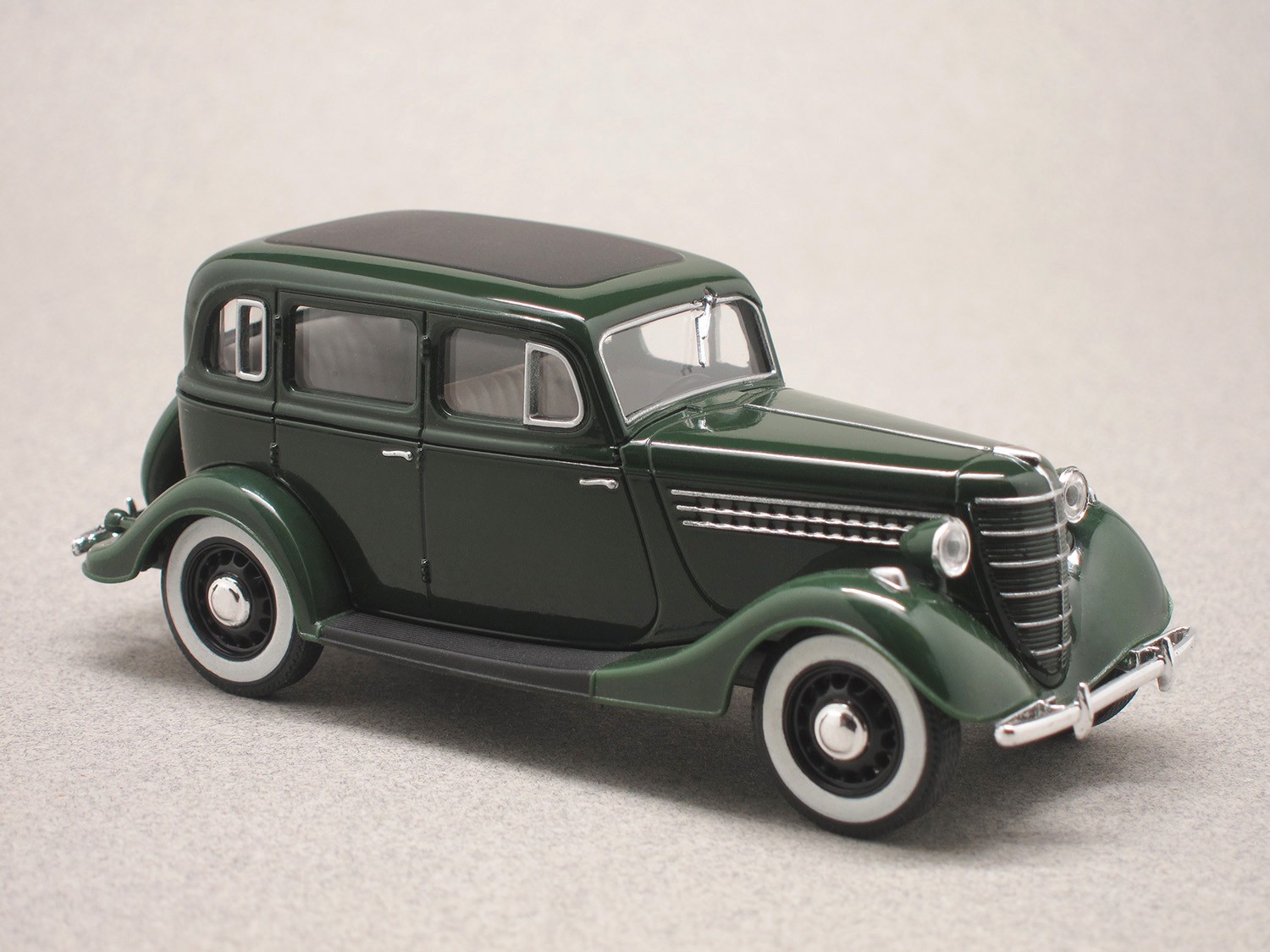
In stock
GAZ 11-73 green (Nash Avtoprom) 1:43
Here is one of the many 1:43 reproductions of the Russian miniature manufacturer Nash Avtoprom. The 11-73, produced until 1948 and replaced by the famous Pobeda, was launched in 1941. It was based on the 1936 GAZ M1, which was itself based on a Ford Model B. Its design is quite outdated. The 11-73 was a propulsion, equipped with a 6 cylinder 3.5-liter developing 76 hp.
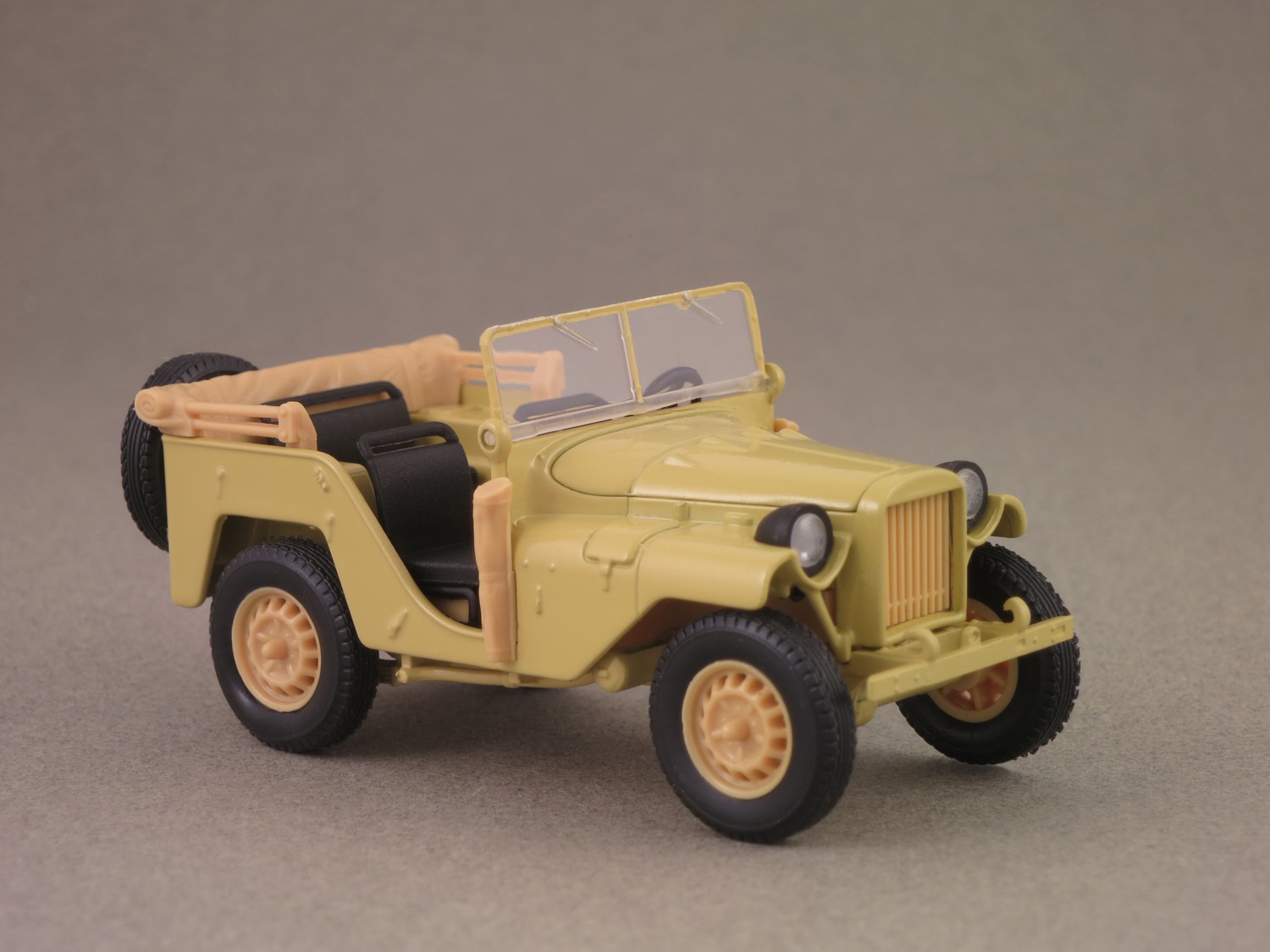
In stock
GAZ 64 sand (Nash Avtoprom) 1:43
The career of this Soviet vehicle, which started in March 1941, was very short. Its production ceased in the summer of 1942 and only 646 units were assembled. In 1943, GAZ launched the much more popular 67 (more than 90,000 units in ten years). This reproduction by the Russian model car manufacturer Nash Avtoprom is rather coarse, but cheap.
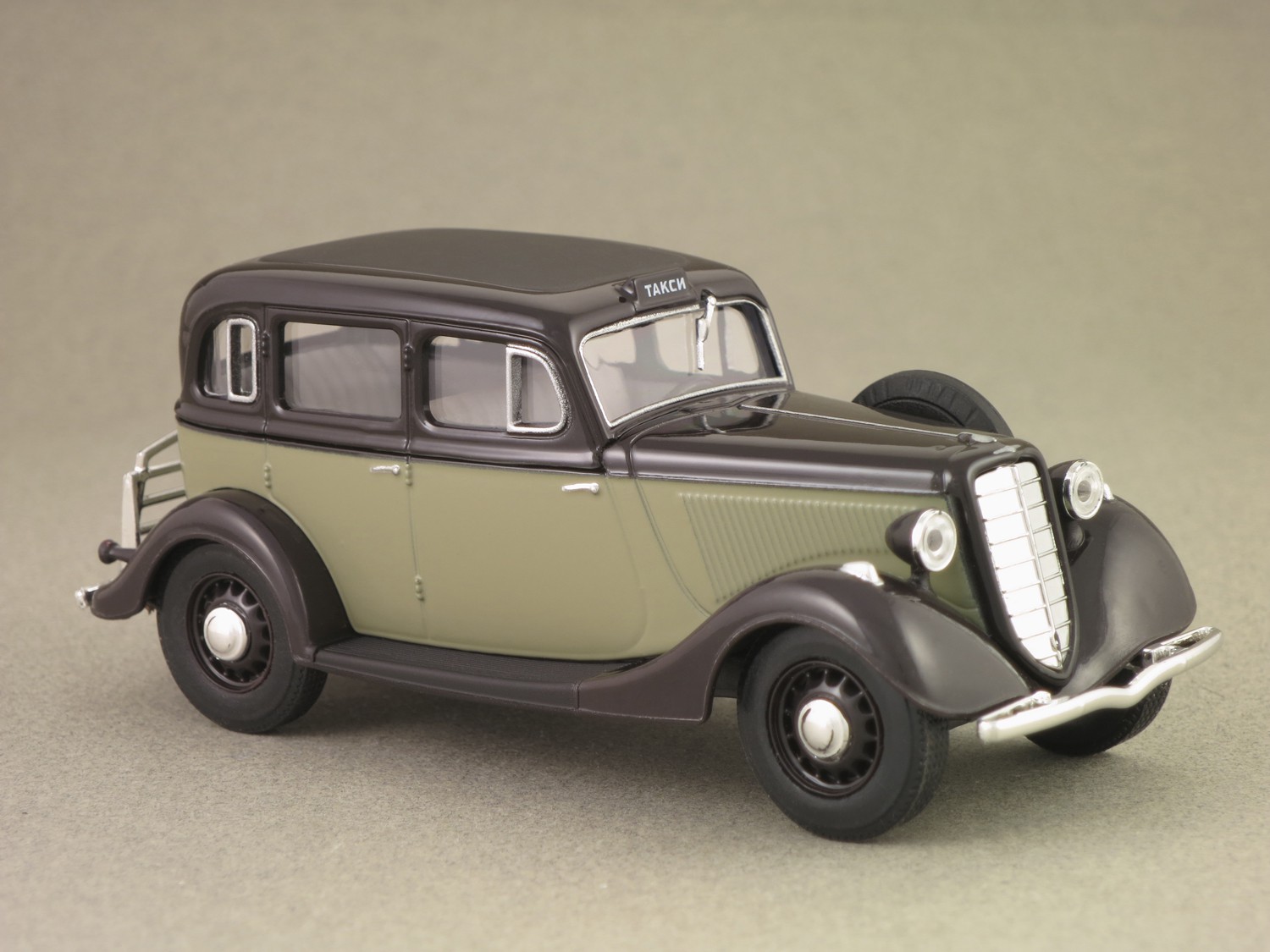
In stock
GAZ M1 Taxi light khaki (Nash Avtoprom) 1:43
Like all GAZ models at that time, the M1, launched in 1936, closely derived from a Ford model. In that case, it was a 4-cylinder Ford B. The production regularly continued until 1941, then in dribs and drabs until 1943. Here, the Russian model car manufacturer Nash Avtoprom reproduced the Taxi version. The Phaeton convertible is also available.
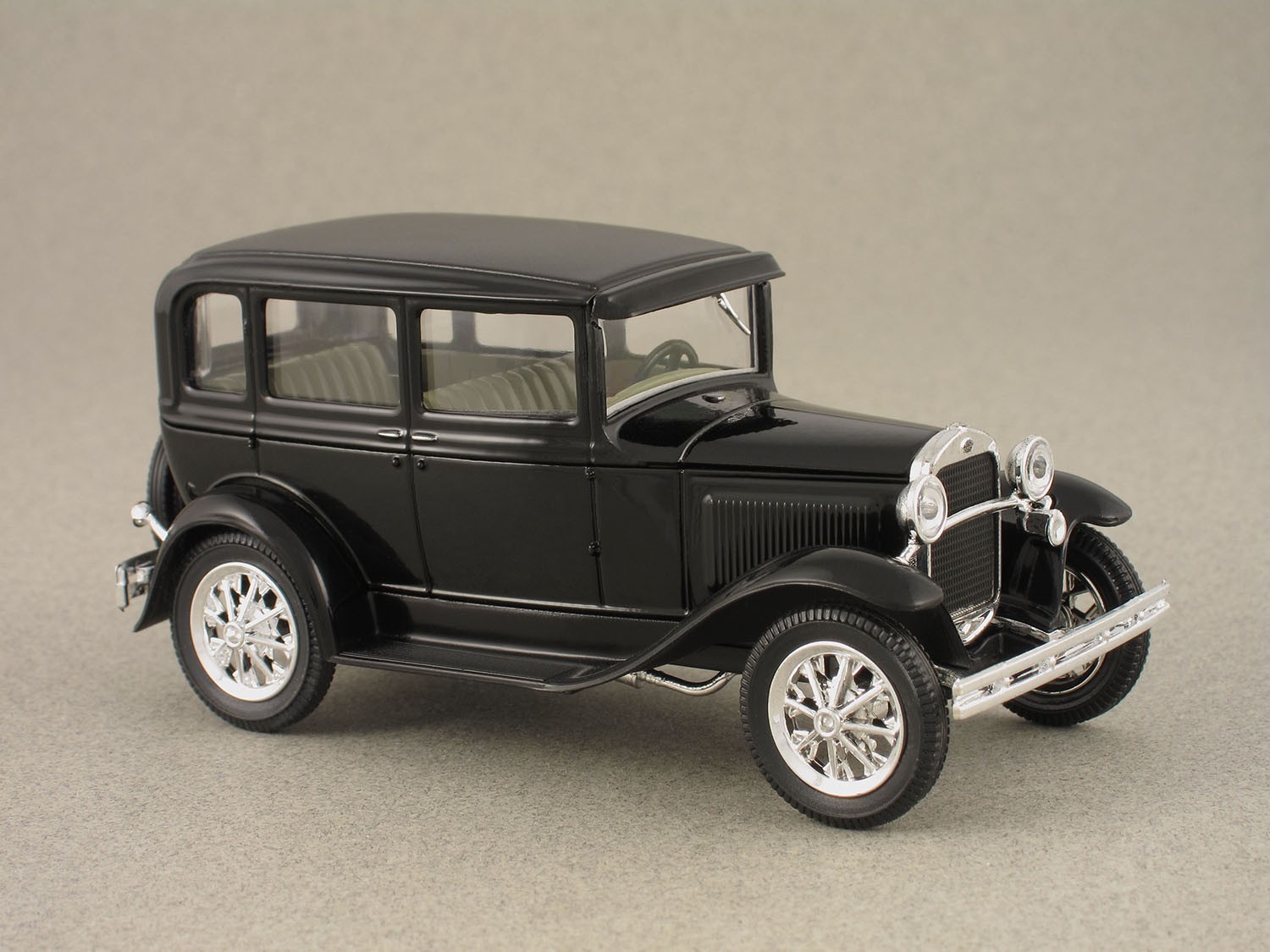
In stock
GAZ 6 black (Nash Avtoprom) 1:43
Information is scarce about this Soviet car, produced in small series between 1934 and 1936. Here we have the "sedan" version of the Gaz A, therefore, covered with a solid roof, and not a tarp. The base was the 1927 Ford Model A. So the lines, in 1934, were no more up to date... This is one of the many miniature cars at 1:43 scale of the Russian manufacturer Nash Avtoprom.

In stock
GAZ AAA Karakum blue (Nash Avtoprom) 1:43
The GAZ AAA was the three-axle version of the GAZ AA, which was itself a variant of the Ford pickup AA. Here we have a “Karakum” version. This 9,400 km/5,800 miles expedition conducted in 1933, departing from Moscow, went to the Karakum Desert in Turkemnistan and return to Moscow. This Soviet event was comparable to the Yellow and Black Cruises oragnized by Citroën.
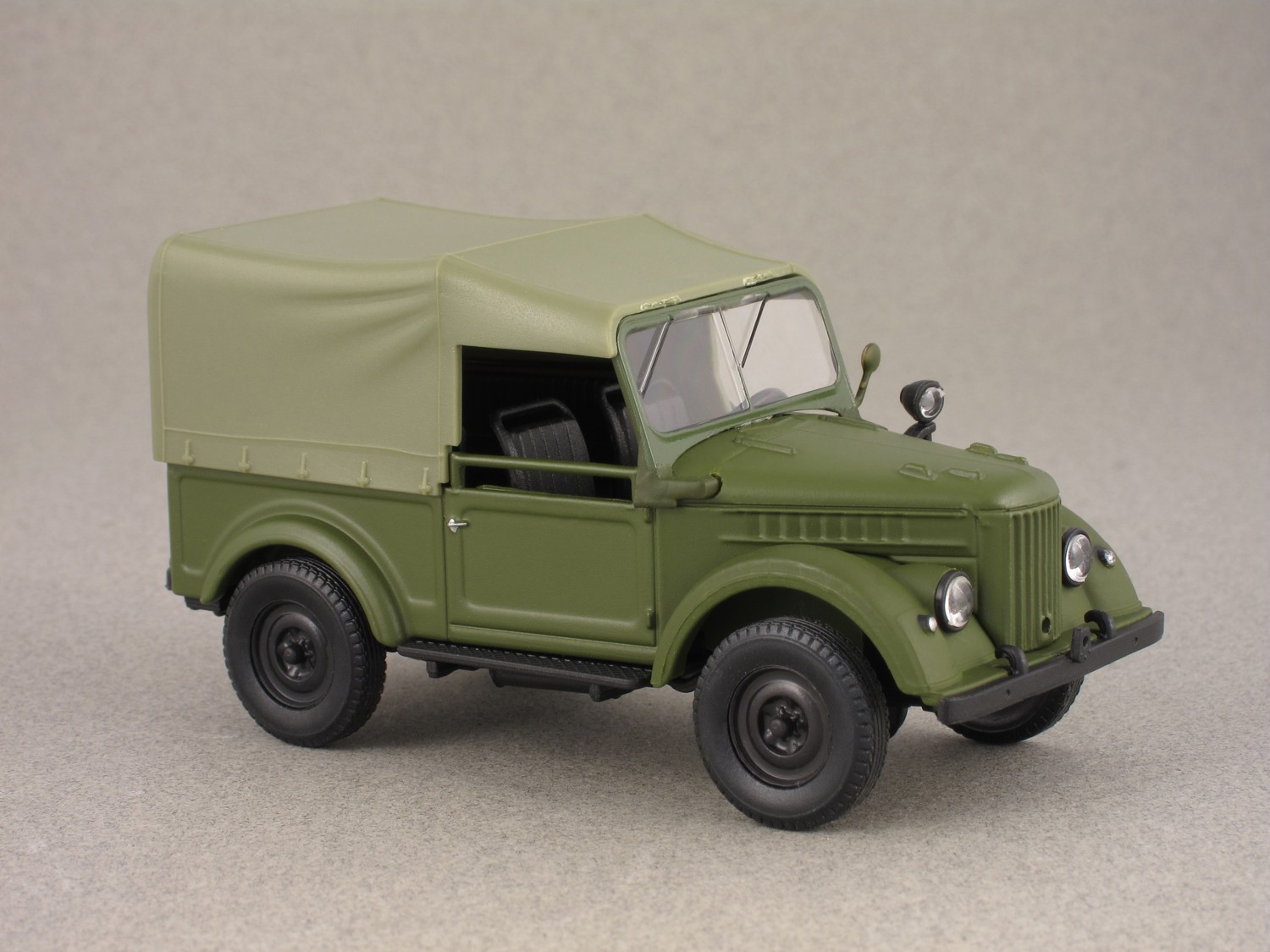
In stock
GAZ 69 covered (Nash Avtoprom) 1:43
Most of the career of the GAZ 69 was made under the brand UAZ (it was then simply called UAZ 69). It was released in 1953, and also available in the catalogue of the Romanian manufacturer Aro. Compared to the GAZ 69A, the distinction is easy: here only two doors, four for the other variant, also reproduced by the Russian miniature specialist Nash Avtoprom.

In stock
KIM 10-51 blue (Nash Avtoprom) 1:43
The Soviet company KIM was founded in 1929 and first assembled the Ford Model A and the commercial Model AA, which, later in 1933, were produced by Gaz. Then in 1939, that copy of Opel Kadett was launched. Actually, it was developed on the basis of a Ford Prefect. After the war, the very low production of the Kim 10-50 (the 10-51 being the convertible version) ceased, in favor of the Moskvich 400.
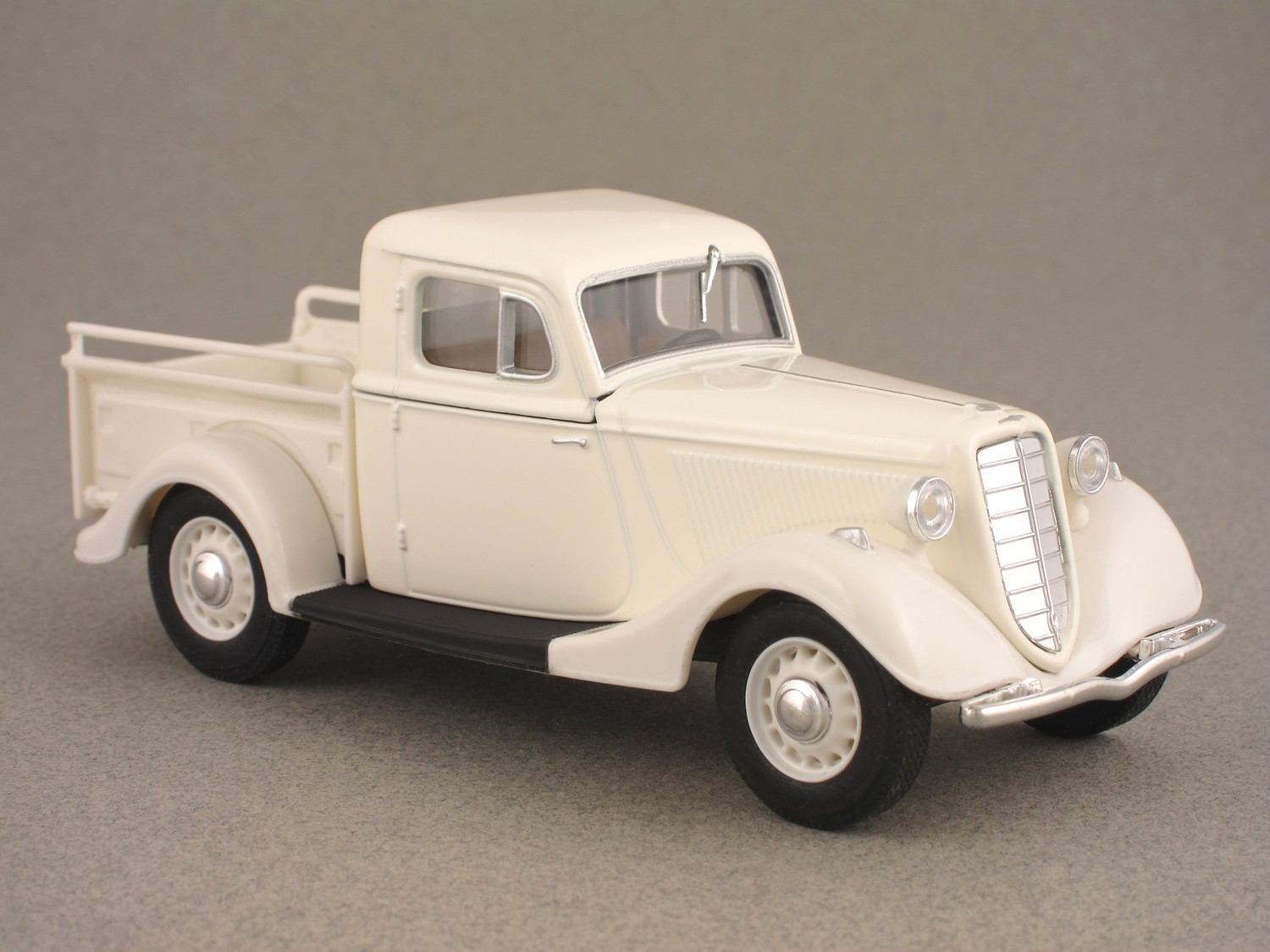
In stock
GAZ M415 white (Nash Avtoprom) 1:43
The Soviet Company GAZ was founded in 1932. After WWII, the USSR car production often copied European or American models. But before, the vehicles were officially based on American cars. The M415, which looked like the GAZ M1 sedan and was released in 1937, was really a variant of the Ford AA. Nash Avtoprom reproduces this model, more or less forgotten today, at a small prize.
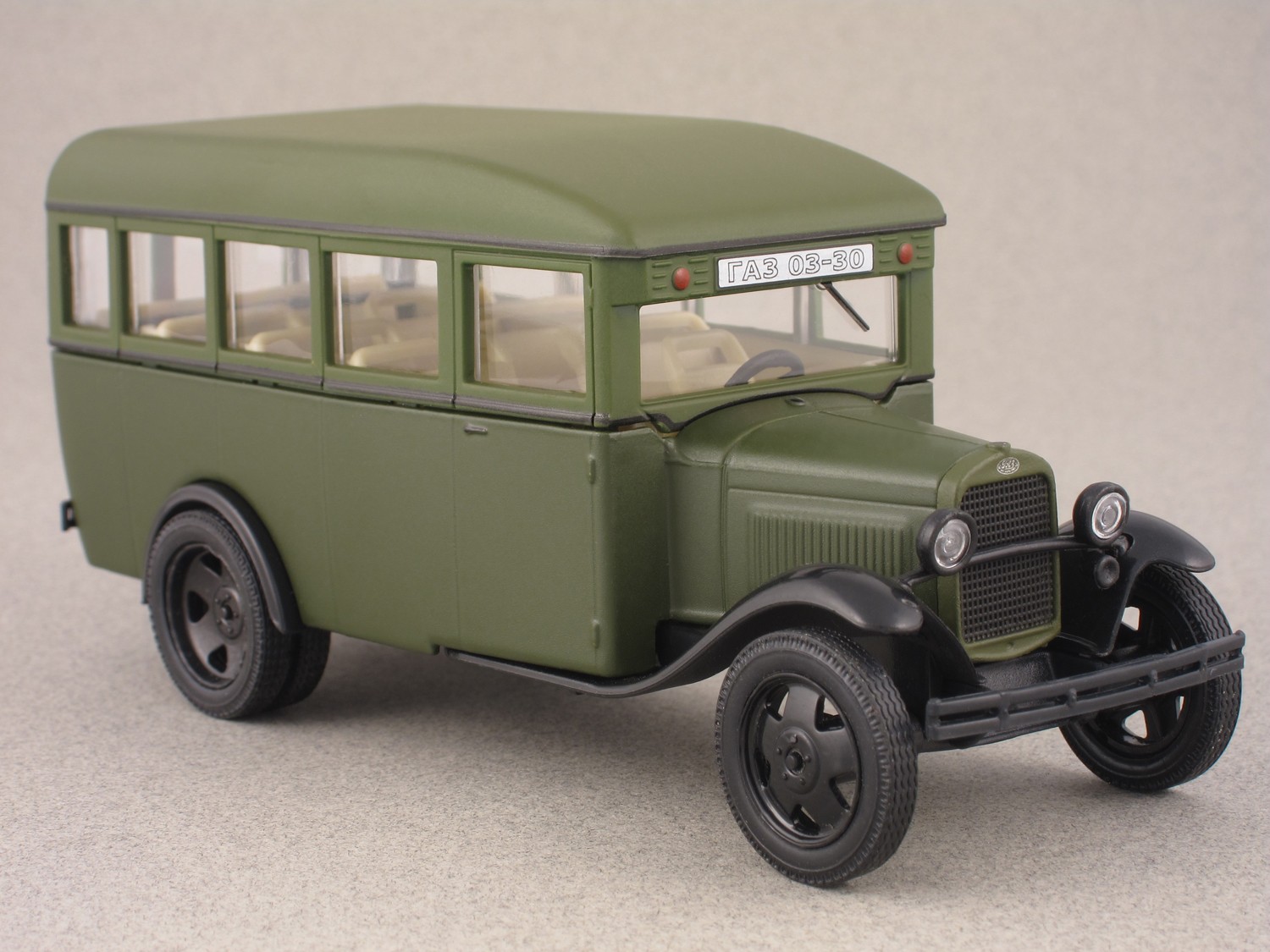
In stock
GAZ 03-30 military (Nash Avtoprom) 1:43
Produced from 1930 to the end of the 1940s, the GAZ 03-30 was based on the GAZ AA, ie the American Ford AA. But only front-wheel drives were available. During that period, 18,000 units of the 03-30 to 17 places were assembled. The 3.3-liter 4-cylinder (50 hp) engine could reach the speed of 65 km/h (40 mph).
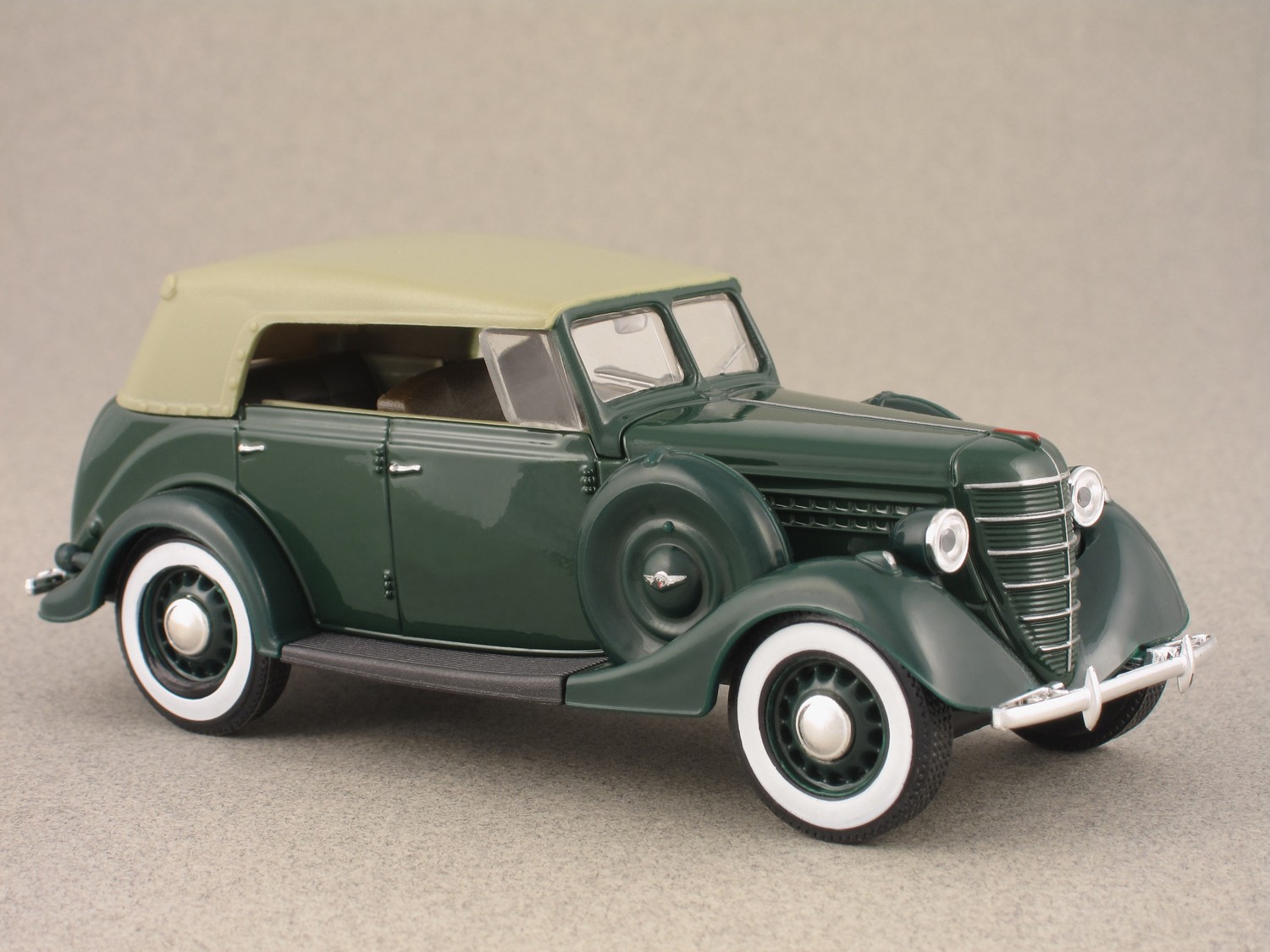
In stock
GAZ 11-40 green (Nash Avtoprom) 1:43
The career of this phaeton was rather short since the 11-40, directly based on the 11-73 sedan (also reproduced by Nash Avtoprom) was produced in 1940 and 1941. Only six units are supposed to have been manufactured. The engine was borrowed from the 11-73 (76 hp 3.5-litre 6-cylinder), while the chassis was an old Ford platform.
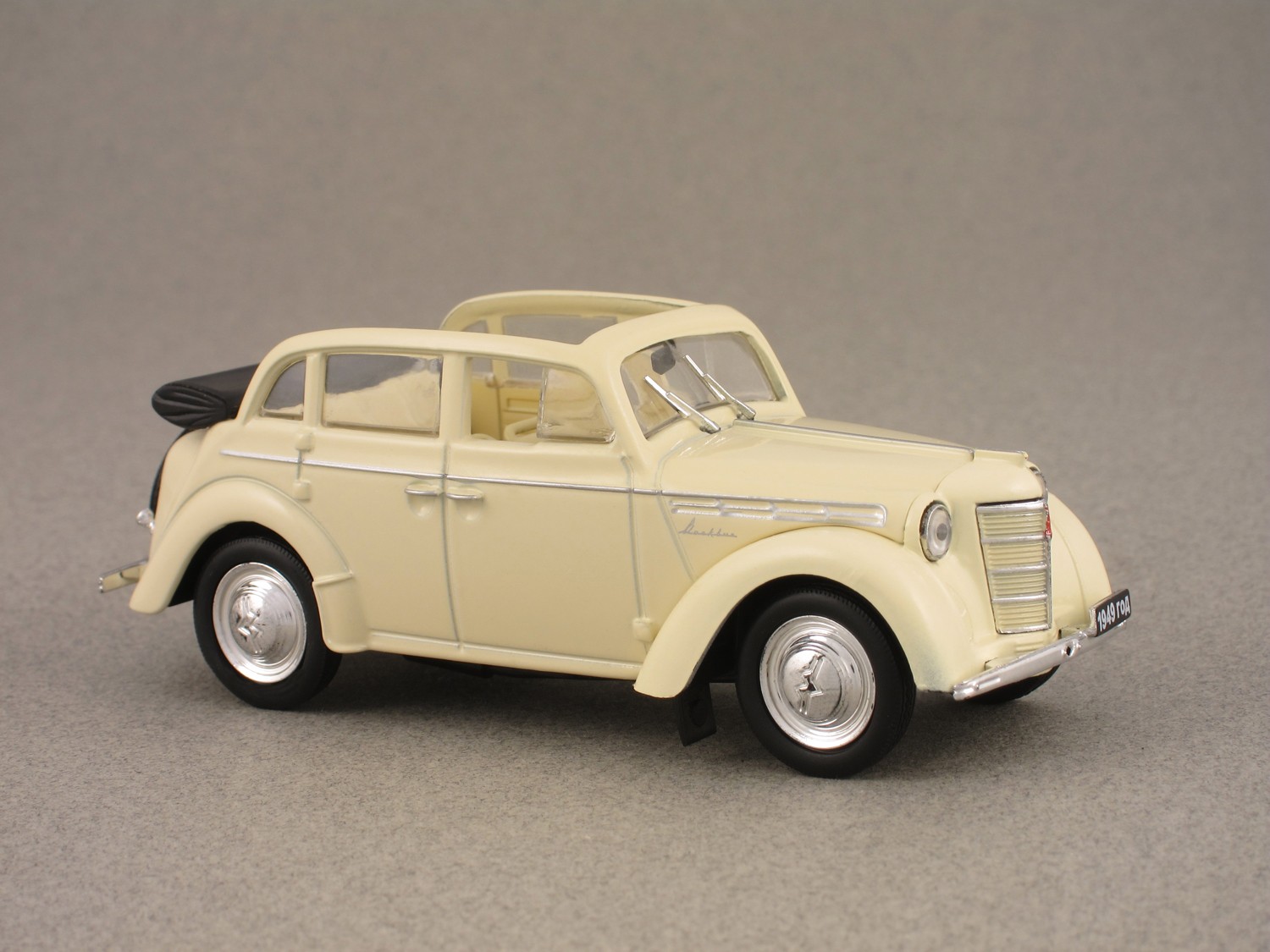
In stock
Moskvich 400-420 A ivory (Nash Avtoprom) 1:43
Before WWII, Kim copied the Opel Kadett for its own cars. But after the war, the first Moskvich models were actually real Opel Kadetts, whose tooling was part of the reparations package. This 400-420 sedan was launched in 1946, and the convertible 400-420A was released in 1954. Their production did not last long since this family of models disappeared in 1956. Also available in gray.
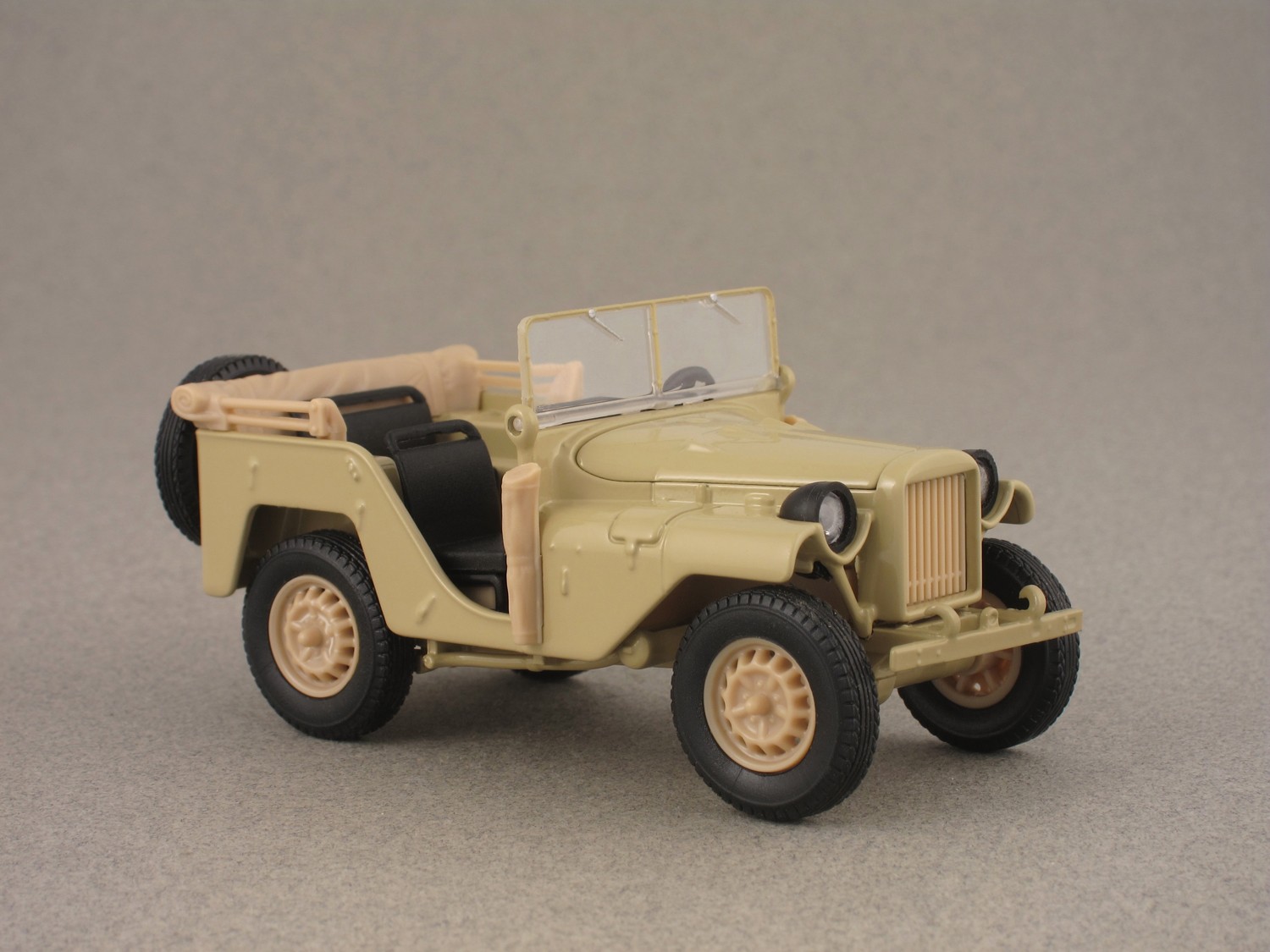
In stock
GAZ 64 beige (Nash Avtorpom) 1:43
The career of this Soviet vehicle, which started in March 1941, was very short. Its production ceased in the summer of 1942 and only 646 units were assembled. In 1943, GAZ launched the much more popular 67 (more than 90,000 units in ten years). This reproduction by the Russian model car manufacturer Nash Avtoprom is rather coarse, but cheap.
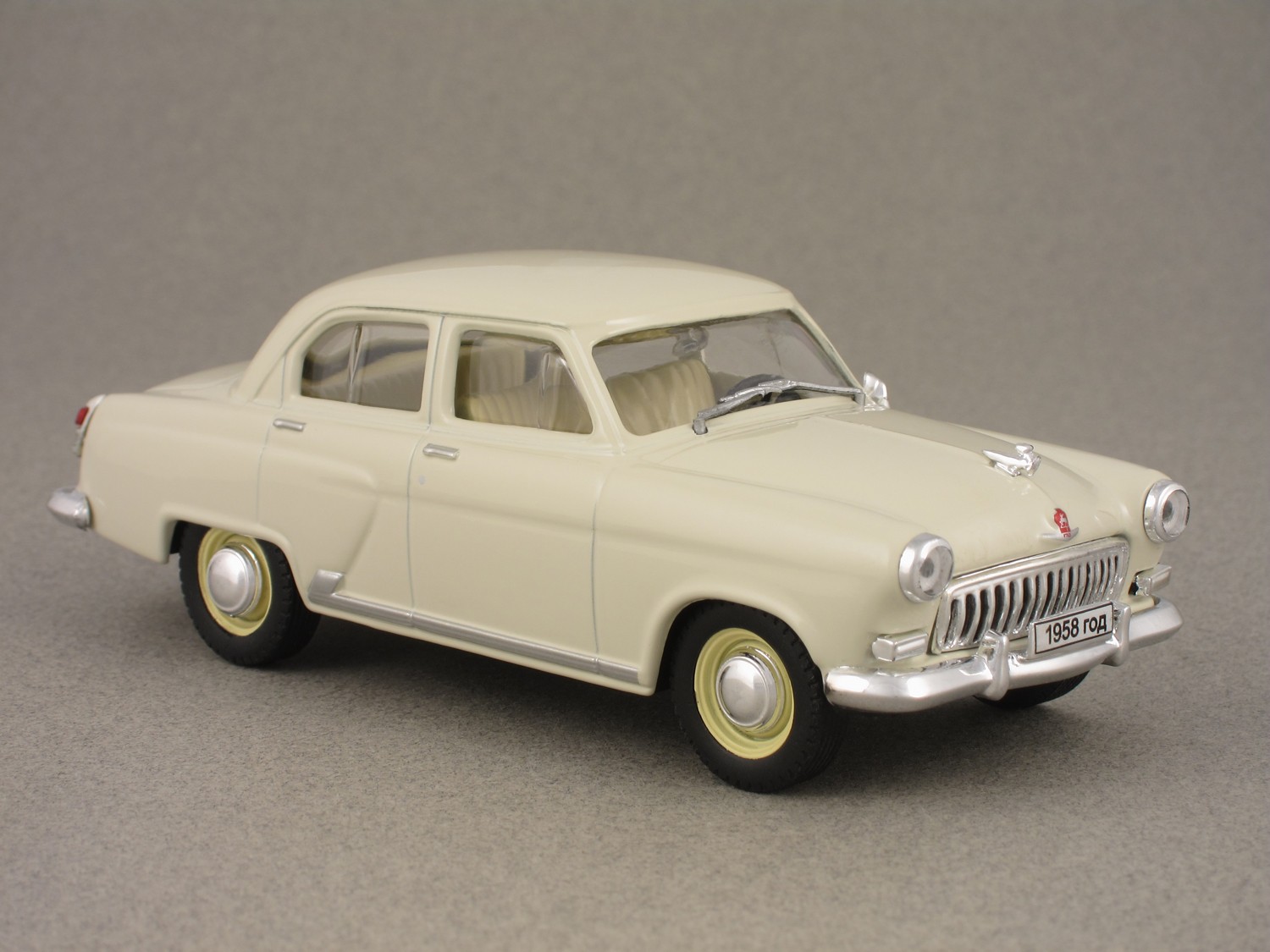
In stock
GAZ M21 Volga cream (Nash Avtoprom) 1:43
The GAZ Volga M21 was unveiled in the USSR at the end of 1955, as a successor to the Pobeda. Production started so slowly that the Swiss Revue Automobile in 1961 wrote: "mass production planned". The Volga was actually a Soviet bestseller in the 1960s. The Russian miniature manufacturer Nash Avtoprom also reproduces the station wagon GAZ M22.
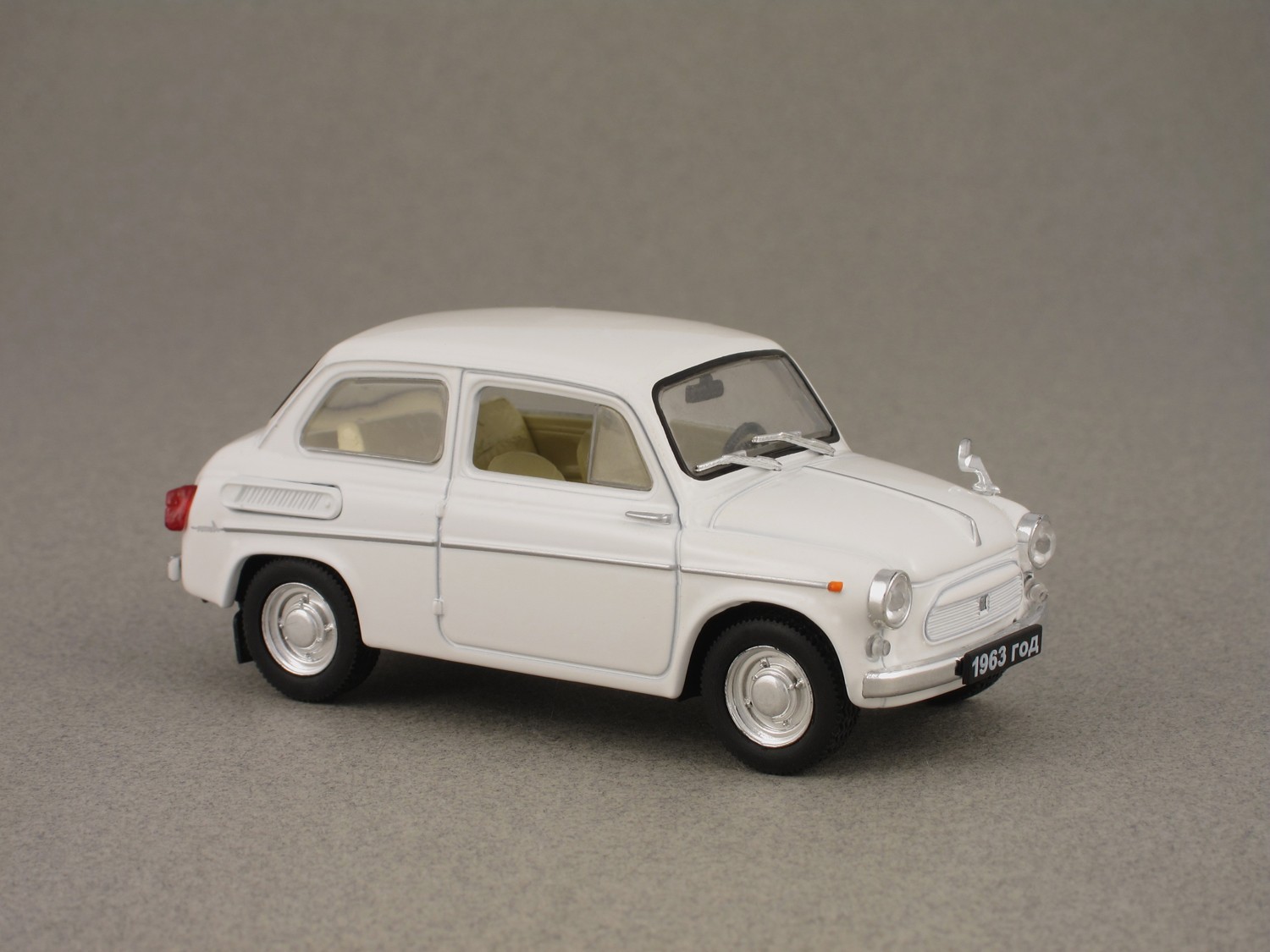
In stock
ZAZ 965A white (Nash Avtoprom) 1:43
This copy of Fiat 600 owes its nickname, Zaporozhetz, to the Zaporozhye factory that produced it, in Ukraine, part of the USSR at the time. Launched in late 1960, the car was renamed 965A in 1962, with new chrome side moldings. The turn lights, first on the wings, were placed under the headlights and its rear V4 was lifted up to 887 cc and 27 hp.
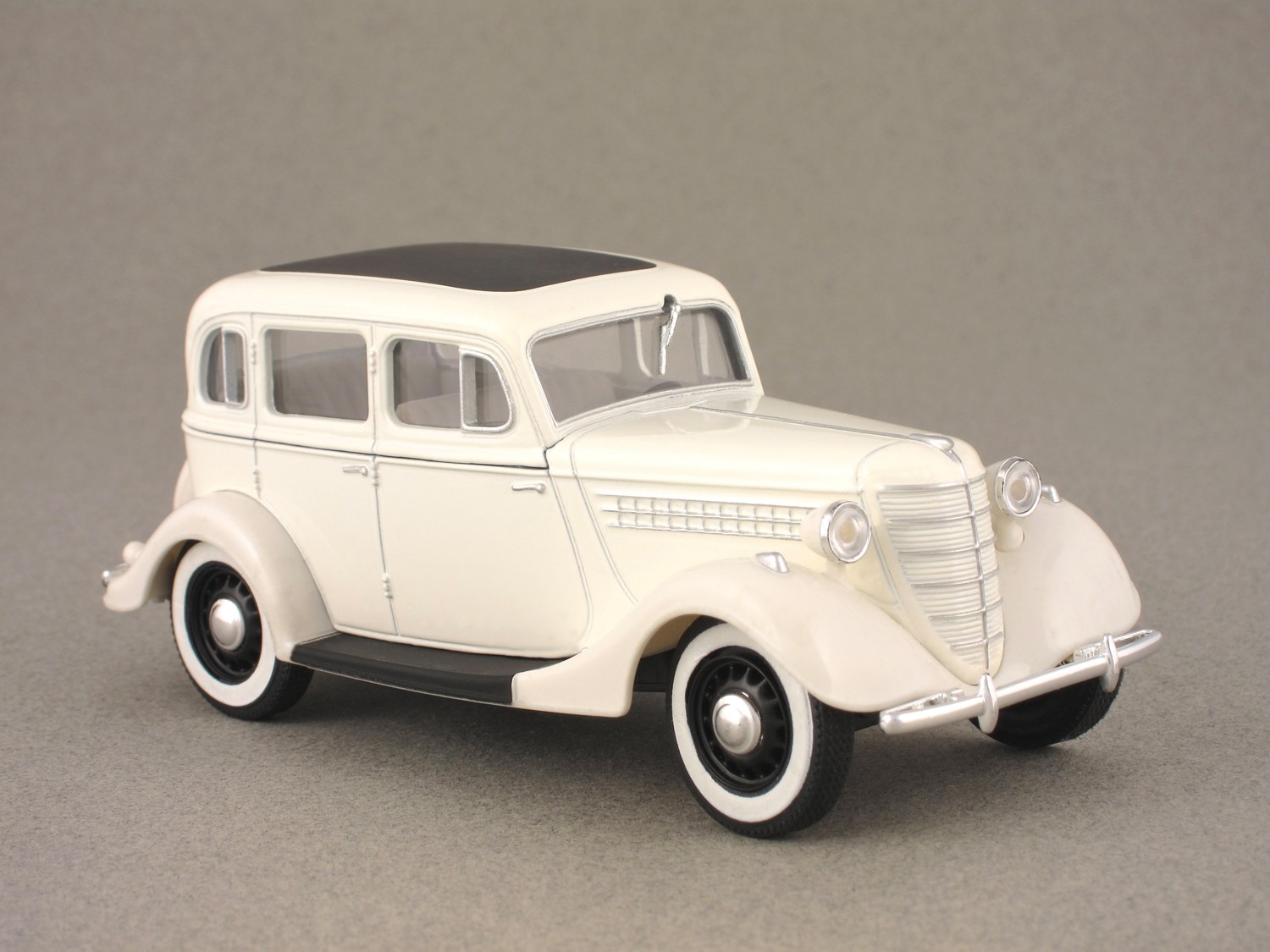
In stock
GAZ 11-73 white (Nash Avtoprom) 1:43
Here is one of the many 1:43 reproductions of the Russian miniature manufacturer Nash Avtoprom. The 11-73, produced until 1948 and replaced by the famous Pobeda, was launched in 1941. It was based on the 1936 GAZ M1, which was itself based on a Ford Model B. Its design is quite outdated. The 11-73 was a propulsion, equipped with a 6 cylinder 3.5-liter developing 76 hp.

In stock
GAZ M22 Volga grey (Nash Avtoprom) 1:43
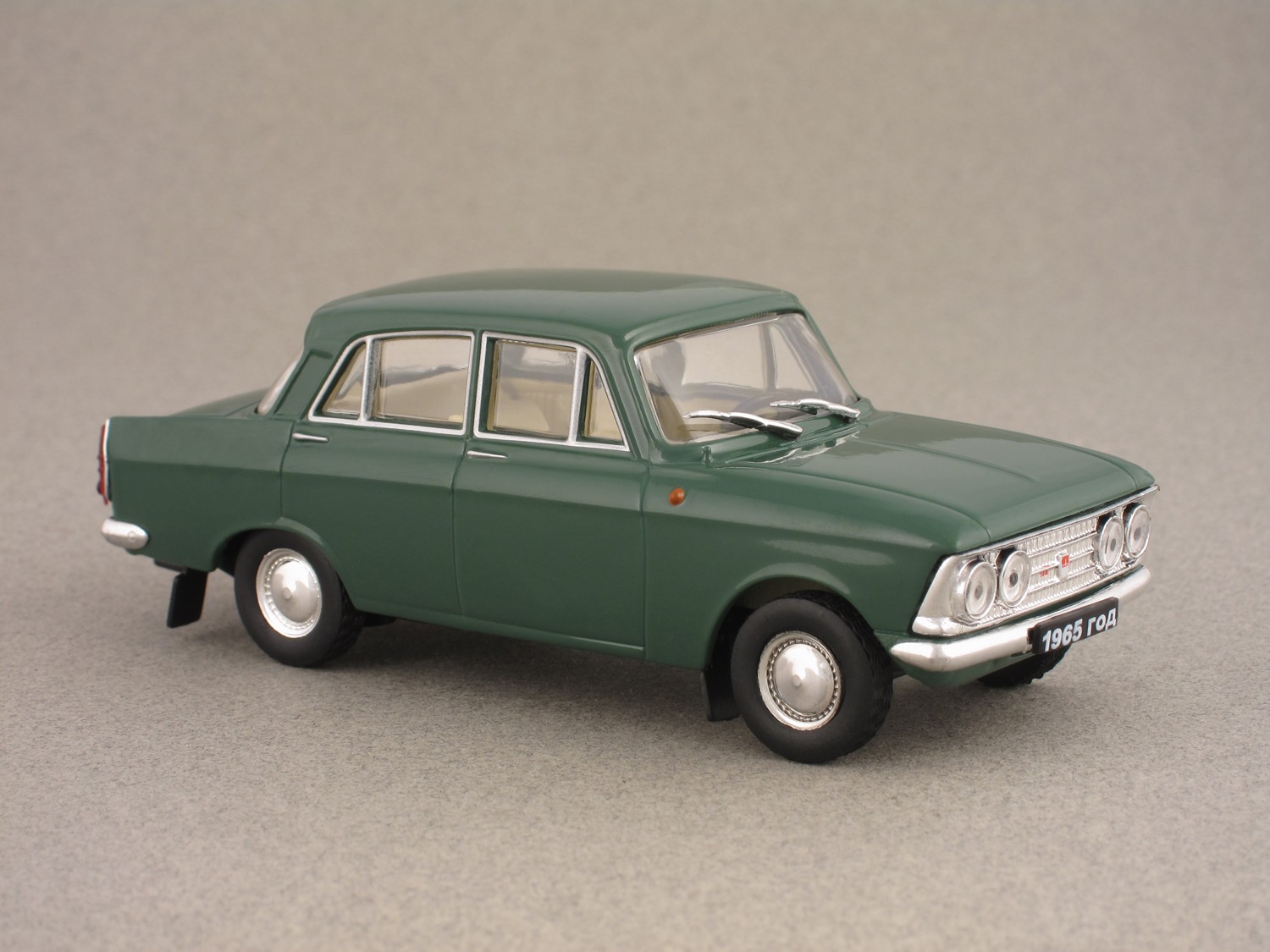
In stock
Moskvich 408 green (Nash Avtoprom) 1:43
As its name suggests, Moskvich cars were built in a plant located in Moscow. This brand was originally called Kim, then became MZMA in 1947, and eventually Moskvich. The 408, launched in late 1964, was a classic but rather elegant sedan, technically close to the 407 to which it succeeded. The 408 was equipped with four round headlights. They turned rectangle on the 412, launched in 1967.
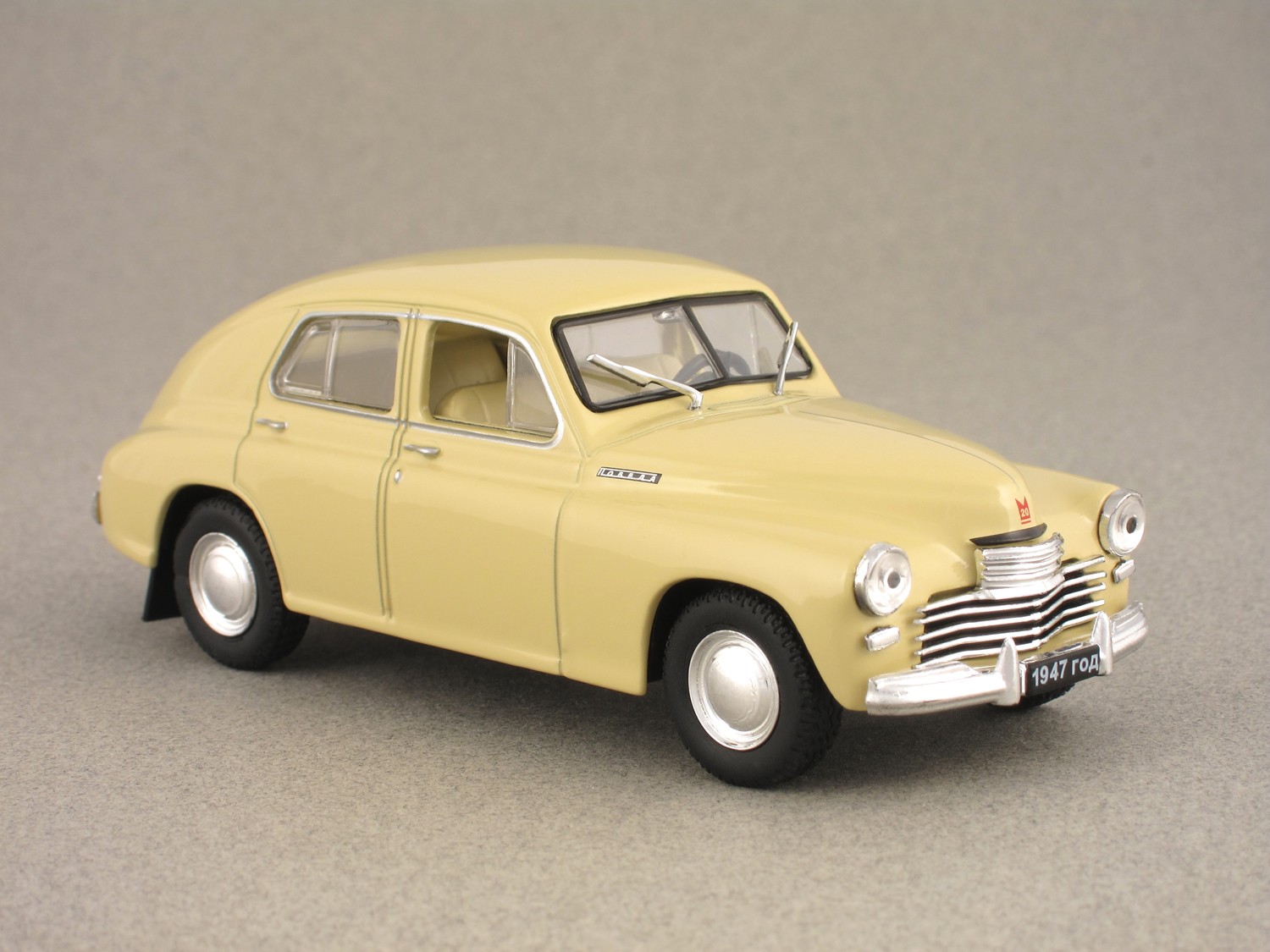
In stock
GAZ 20 Pobieda cream (Nash Avtoprom) 1:43
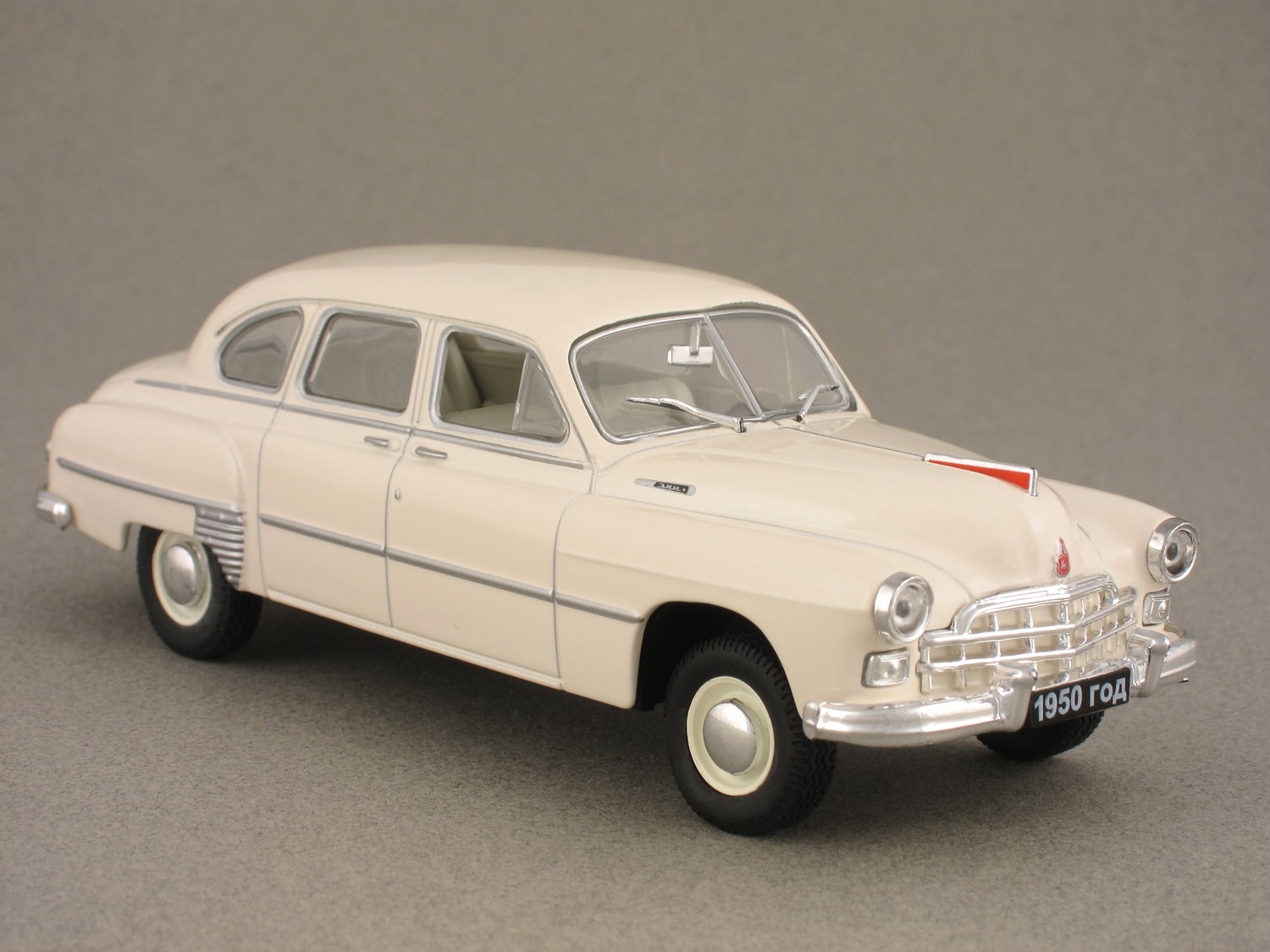
In stock
GAZ 12 Zim cream (Nash Avtoprom) 1:43
Produced from 1950 to 1959, the GAZ 12 Zim was long (5.53 m/218 in.) and copied the style of Cadillacs of the time, while based on the Gaz Pobieba. Its 3.5-litre six-cylinder (76 hp) mated with a 3 speed gearbox was borrowed from the industrial vehicle branch of GAZ. IST had already reproduced the Zim 12, Nash Avtoprom offers now a simpler but cheaper version.
